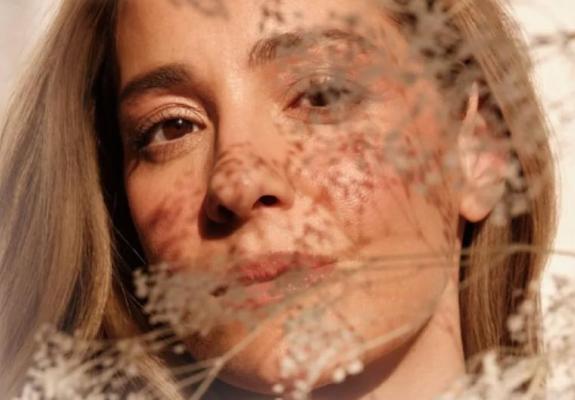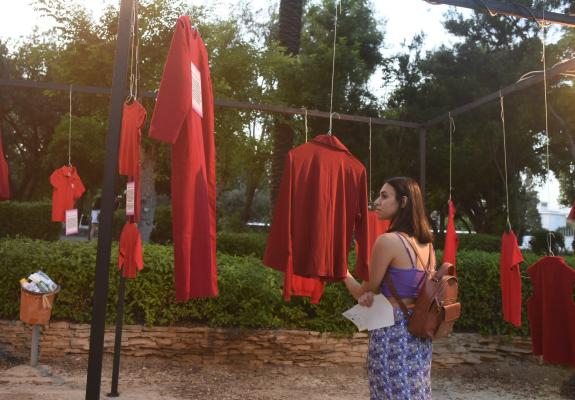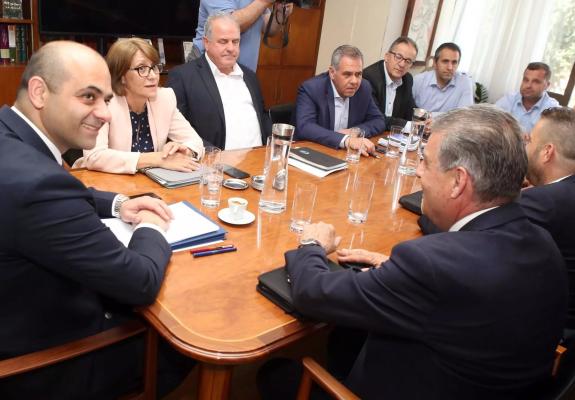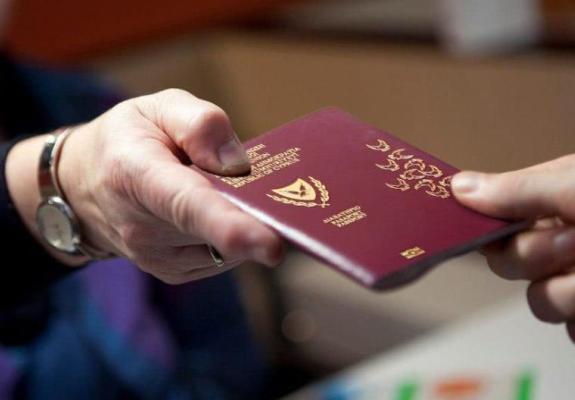Did AI Save Balenciaga?
Balenciaga has been facing controversy since the end of 2022. Two wild ad campaigns put the fashion brand in the spotlight, the most condemning one consisting of children holding plush toys wreathed in bondage gear. The other campaign displayed a bag placed on a desk, with various legal documents related to a Supreme Court case on child pornography scattered around it. While “any publicity is good publicity,” this was not the case for Balenciaga as celebrities began disassociating with the brand.
The brand sought to remediate the situation by vehemently apologizing while, at the same time, filing a $25 million lawsuit, which they have recently withdrawn. The fashion house’s Creative Director, Demna Gvasalia stated that “this is part of my learning: I will have a more mature and serious approach to everything I release as an idea or an image. I have decided to go back to my roots in fashion as well as to the roots of Balenciaga, which is making quality clothes - not making images or buzz.”
While creating buzz attracts attention to a campaign or an idea to build a community, this creative direction took a turn for the worst and created a public relations (PR) nightmare for Balenciaga.
At some point, all companies are likely to face a PR crisis and they must be prepared to respond accordingly. Traditionally, a PR crisis is resolved by:
- Developing a response team
- Briefing teams across departments so that everyone is aware of the situation
- Drafting a carefully crafted message
- Addressing stakeholders that were impacted
- Continuous monitoring of the circumstances
Balenciaga, on the other hand, while it did respond quickly; the company’s response consisted of apologies, followed by a half-hearted lawsuit aimed at their creative director which was interpreted by some as deflecting responsibility, and most likely would not have gone its way. Should an organization miss the opportunity to rectify their actions in a PR crisis, the consequences could be detrimental not only in the short-term, but could also hinder an organization well into its future.
One such example is Facebook and the Cambridge Analytica scandal in which it is presumed that it affected the US presidential elections in 2016. The settlement for the Cambridge Analytica case cost Facebook a whopping $725 million, and it also lost a reported 15 million users in the US due to the scandal.
However, Balenciaga is bouncing back. No, not with a multi-million dollar crisis management campaign, but due to an unexpected meme generated by artificial intelligence (AI), in a meme trend titled “by Balenciaga” which is now lording over the internet.
Spurred on by a YouTuber in March this year, the meme displays “yassified” legendary fictional characters from Harry Potter clad in shining, silky robes while delivering AI generated dialogue with somber faces. Created with Generative AI, this inspired the internet to create many more memes using the “by Balenciaga” meme format, reimagining pop-cultural characters dressed in a Balenciaga fashion. This trend essentially created a brand campaign generated by users across the internet, without the core resources needed in traditional marketing campaigns.
To better understand how generative AI has created an opportunity out of this crisis for Balenciaga, we looked to the founder of the Meaning.Global consulting firm, Dr. Martina Olbert. In a discussion with Forbes, she expressed that she “wouldn’t pursue legal action. It shows a spontaneous brand rebirth done by people. It says Balenciaga is still current and people care about it.” On the matter of generative AI, she believes that “the proliferation of AI poses an amazing opportunity to luxury brands to switch focus and develop their own proprietary meaning now to protect themselves in the future.”
The generative AI trend, “by Balenciaga,'' has even reached Greece and Cyprus, whereby viewers see some of their favorite pop-culture TV series characters from Konstantinou kai Elenis adapted to the trending meme. Dr. Olbert's observations relating to AIs potential to revamp a brand and even modernize nostalgic parts of culture gives a powerful premise to generative AI’s potential in marketing.
Similarly, Coca Cola has more recently released an advertisement using AI in a spectacular fashion. A bottle of Coca Cola is seen being thrown and passed between animated famous paintings of modern art in a gallery, exemplifying the power of AI in adjusting to different art forms. Though not as strong as other Coca Cola commercials, this AI generated advertisement, titled “Masterpiece”, shows that storytelling can be intertwined in new technologies. Generating brand campaigns with AI is likely a rising phenomenon to keep an eye on.
Further to the point of “any publicity is good publicity,” it seems that the AI generated meme may actually be helping Balenciaga correct its path. PR guru Markson stated that he doubts “these videos could save Balenciaga’s reputation, but they’re on the right track,” further adding that the fashion house could create memes to revamp their marketing campaigns. This movement may even lay the groundwork for other companies in the future to reshape their advertising efforts, turning their focus to AI and generative AI rather than banner ads and questionable marketing campaigns.
In a PR crisis such as Balenciaga’s failed brand campaigns, the most critical part of all is that, although people on the internet created these memes and brought a somewhat pop-cultural humor to Balenciaga, it does not brush off the company’s decision to publish outlandish marketing campaigns. However, generative AIs potential and the hype around it is noteworthy. Is it just a fad? Will it create a new path for the future of marketing and ad campaigns? As AI continues to advance, people must remain vigilant on how it is used, how people and organizations protect what is theirs, and how it permeates our daily lives.






